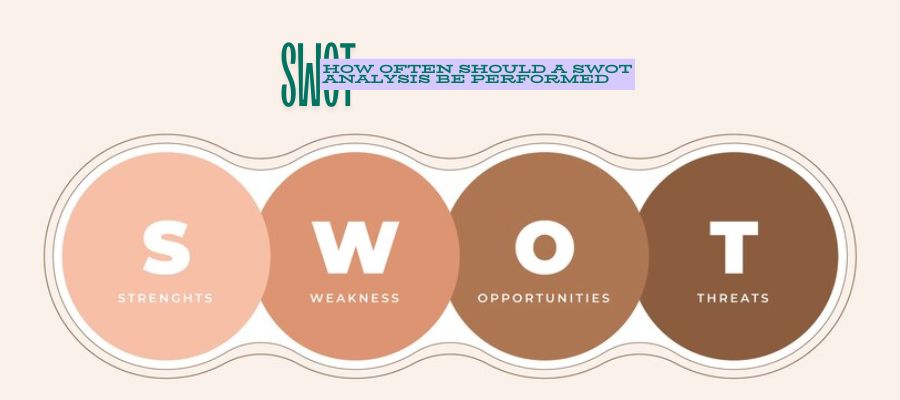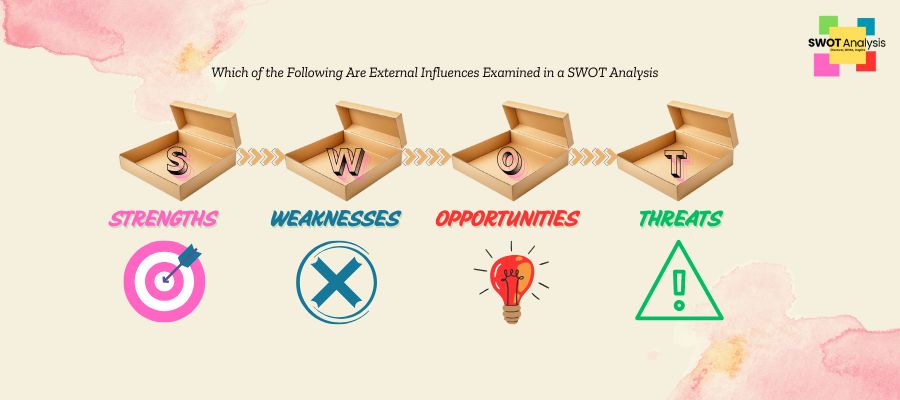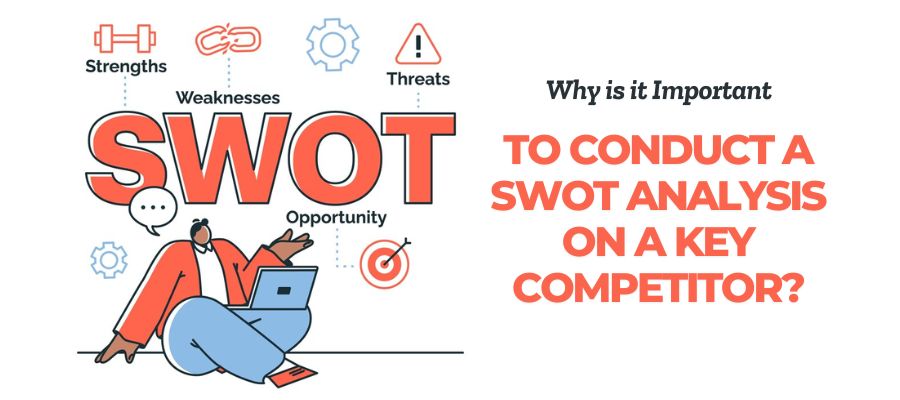A SWOT analysis is a strategic planning tool that helps businesses identify their Strengths, Weaknesses, Opportunities, and Threats. It provides a clear understanding of internal and external factors affecting the business. By performing a comprehensive analysis, businesses can assess their current situation and develop an effective action plan for future growth.
- Strengths and weaknesses are internal factors, referring to things like financial stability, skilled workforce, or operational inefficiencies.
- Opportunities and threats are external factors, such as market trends, competitor activities, or economic conditions.
Using a SWOT analysis, companies can make informed decisions, seize opportunities, overcome weaknesses, and mitigate potential threats. This planning tool is crucial for driving business success and maintaining a competitive advantage.
How Often Should a SWOT Analysis Be Performed?
The frequency of a SWOT analysis depends on the business type, industry dynamics, and organizational needs. Performing a SWOT analysis regularly ensures the business strategy remains relevant and aligned with market realities. Most companies conduct a SWOT analysis during annual strategic planning sessions or whenever there are significant changes in the business environment.
Factors influencing the frequency include:
- Market trends: Changes in consumer behavior or industry practices.
- Business goals: Evolving objectives or new opportunities.
- Internal changes: Leadership transitions, mergers, or restructuring.
Factors Influencing the Frequency of SWOT Analysis
1. Business Environment Changes
Shifts in the market, economic conditions, or industry regulations could impact the business, necessitating a new SWOT analysis. Regular updates help businesses identify potential opportunities and stay ahead of external threats.
2. Company Growth or Decline
When a company experiences significant changes in size, revenue, or strategic goals, it’s essential to perform a SWOT analysis. Growth may uncover new strengths and opportunities, while decline might highlight weaknesses to address.
3. Competitive Landscape
Competitor actions, such as launching innovative products or leveraging technological advances, might require a reassessment. A SWOT analysis also helps identify potential risks to your business from new competitors.
4. Product/Service Lifecycle
Launching new products, entering new markets, or restructuring existing offerings are critical moments for conducting a SWOT analysis. These activities directly impact the strengths and weaknesses of the business.
5. Internal Changes
Organizational restructuring, leadership changes, or process overhauls are internal factors that could affect the company’s strategy. A SWOT analysis ensures alignment with the new operational realities.
Frequency Guidelines for Different Business Sizes and Types
1. Small to Medium Enterprises (SMEs)
For SMEs, conducting a SWOT analysis quarterly or bi-annually is recommended. These businesses often face rapid changes in their competitive and operational environments, requiring frequent reassessments.
2. Large Corporations
Large corporations often align SWOT analysis with their strategic planning process, typically conducting it annually. For organizations with extensive data, using a SWOT matrix can help maintain clarity during this process.
3. Startups vs. Established Companies
Startups should perform a SWOT analysis more frequently, often every quarter, as they navigate market entry and growth challenges. Established companies, with stable operations, may revisit SWOT annually or as part of strategic management cycles.
Comparison Table: SWOT Analysis for Different Business Types
| Business Type | Recommended Frequency | Key Considerations |
|---|---|---|
| Startups | Quarterly | High growth potential, adapting to market trends, and identifying strengths early. |
| SMEs | Bi-Annually | Rapid changes in operations and competitive dynamics. |
| Large Corporations | Annually | Strategic planning cycles and extensive resource allocation. |
Incorporating a SWOT analysis template into your strategic management process ensures your business operations remain resilient and responsive to changes in the market.
When to Perform a SWOT Analysis
- During Annual Business Strategy Reviews SWOT analysis is a framework that aids in developing a clear understanding of the current situation, helping businesses plan effectively for the year ahead.
- After Major Market or Industry Shifts Conduct a SWOT analysis when external forces like economic downturns or new competitors could affect the business.
- When Launching New Products or Entering New Markets A SWOT analysis provides insights into potential strengths and weaknesses of the business in addressing specific needs.
- Following Major Organisational Changes Leadership changes, mergers, or acquisitions necessitate a comprehensive analysis to maintain alignment with new goals.
Benefits of Performing SWOT Analysis Regularly
- Aligns Strategies with Market Realities: Helps businesses adapt to changes in the market and seize opportunities.
- Timely Risk Identification: Allows for the early detection of potential threats.
- Improves Decision-Making: Supports leadership in making informed and strategic decisions.
- Enhances Business Success: Regular analysis ensures that opportunities and threats are external considerations embedded in the action plan.
Risks of Performing SWOT Analysis Too Often or Too Infrequently
Too Often
Conducting SWOT analysis excessively can lead to analysis paralysis. Businesses may struggle to take decisive actions, delaying essential strategic decisions.
Too Infrequently
On the other hand, infrequent SWOT analysis can make your business vulnerable to missed opportunities or external threats. Regular assessment is crucial to adapting to changes in the market.
Conclusion
A SWOT analysis is an important tool in the strategic planning process. Whether performed annually or quarterly, it provides a clear understanding of the current situation and helps businesses identify their strengths, weaknesses, opportunities, and threats. By integrating this useful tool into your planning process, you can drive business growth and achieve long-term success.
FAQs
How often should a SWOT analysis be performed?
A SWOT analysis should be conducted at least annually or whenever significant changes occur in the market or organization.
Should SWOT analysis always be specific?
Yes, specificity ensures the analysis remains relevant and actionable.
What are the 5 elements of SWOT analysis?
The four key elements are Strengths, Weaknesses, Opportunities, and Threats. Additionally, the context or scope often determines the focus of the analysis.
During which activity should a SWOT analysis occur?
A SWOT analysis is most effective during strategic planning, product launches, or organizational restructuring.
In what phase is SWOT analysis used?
It is typically used during the initial phases of the strategic decision-making process to inform planning and actions.





